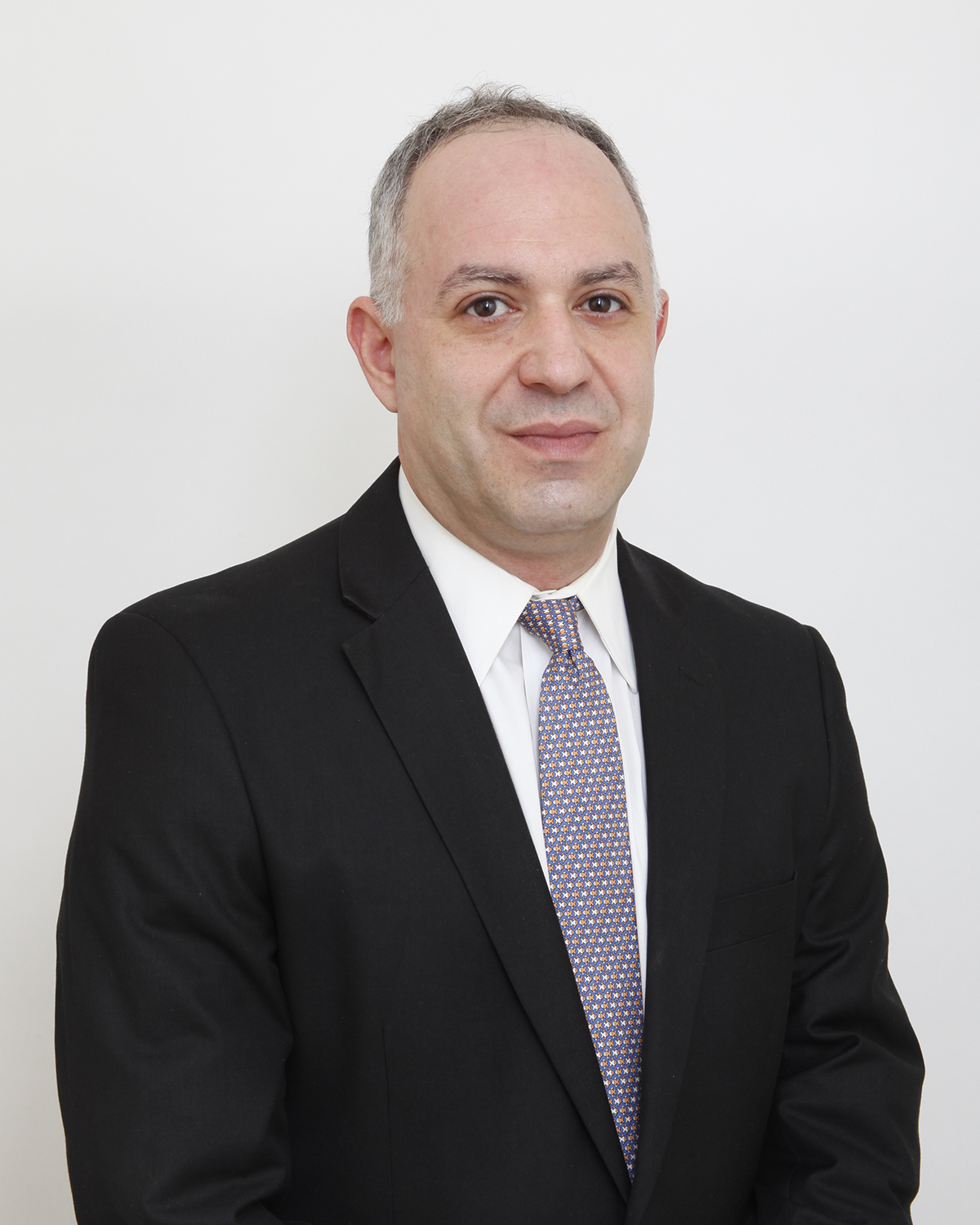Project Management for Non-Project Managers - How to communicate project actions and progress - conducting effective project review meetings
This webinar is about effective communication inside and outside of the project team.
The webinar will use case studies and examples to reinforce key teaching points. Instruction will begin with a discussion of the communication model and the barriers that can erect obstacles to understanding the information and intent of the communications sent and received. Techniques for determining the unique communication styles that must be formulated for categories of project participants – some require different approaches from others. We will end this webinar by discussing the critical success factors that will guarantee that the communications you send and receive will be understood as intended.
- The communication model – what it means and why it is important
- Eliminating barriers to communication
- Using your PM tools to communicate effectively
- “Effective” communication style for both team members and stakeholders
- Determining your communication strategies for each project participant
- Your project management communication process
- Your project management success factors
No matter the scenario that results in poor or at worst, totally ineffective communication, the results are always the same: Lack of effective communication significantly increases project risk and the likelihood that the project will either fail or experience some uncomfortable obstacles along the way to completion.
Several reports of late have tried to quantify the impact of poor communications on projects. One from several years ago, the Pulse Report, indicated that as much as $135 million is at risk for every $1 billion spent on projects. More than half that – $75 million is at risk because of poor communication.
So as a project manager, you need to get it right – you need to communicate effectively, and you need to be able to clarify those fuzzy ambiguous communications you receive from others into actionable information.
- Any member of a cross-functional project team that has the potential opportunity to lead that project.
- Engineers
- Marketing Associates
- Product Managers
- Program Managers
- Contract Managers
- Project Managers
- Research & Development Associates, Managers, and Directors
- Design Engineers
- Manufacturing Managers
Charles H. Paul is the President of C. H. Paul Consulting, Inc. – a regulatory, training, and technical documentation consulting firm. Charles is a management consultant, instructional designer, and regulatory consultant and has led C. H. Paul Consulting, Inc. since its inception over 25 years ago. He regularly consults with Fortune 500 pharmaceutical, medical device, and biotechnology firms assisting them in achieving human resource, regulatory, and operational excellence. He is a regular presenter of webinars and on-site seminars on a variety of related subjects from documentation development to establishing compliant preventive maintenance systems.
Upcoming Webinars


















































































